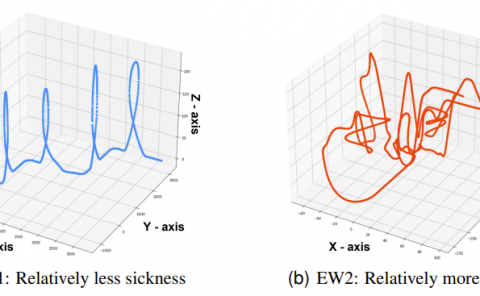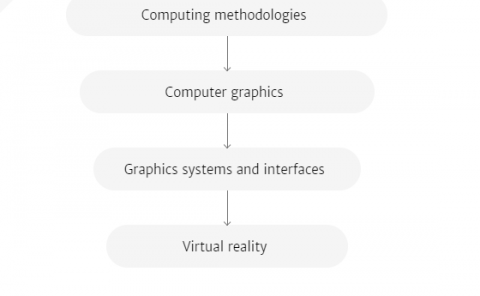VR-SFT: Reproducing Swinging Flashlight Test in Virtual Reality to Detect Relative Afferent Pupillary Defect
PubDate: Oct 2022
Teams: University of Nevada
Writers: Prithul Sarker, Nasif Zaman, Alireza Tavakkoli

Abstract
The relative afferent asymmetry between two eyes can be diagnosed using swinging flashlight test, also known as the alternating light test. This remains one of the most used clinical tests to this day. Despite the swinging flashlight test’s straightforward approach, a number of factors can add variability into the clinical methodology and reduce the measurement’s validity and reliability. This includes small and poorly responsive pupils, dark iris, anisocoria, uneven illumination in both eyes. Due to these limitations, the true condition of relative afferent asymmetry may create confusion and various observers may quantify the relative afferent pupillary defect differently. Consequently, the results of the swinging flashlight test are subjective and ambiguous. In order to eliminate the limitations of traditional swinging flashlight test and introduce objectivity, we propose a novel approach to the swinging flashlight exam, VR-SFT, by making use of virtual reality (VR). We suggest that the clinical records of the subjects and the results of VR-SFT are comparable. In this paper, we describe how we exploit the features of immersive VR experience to create a reliable and objective swinging flashlight test.



